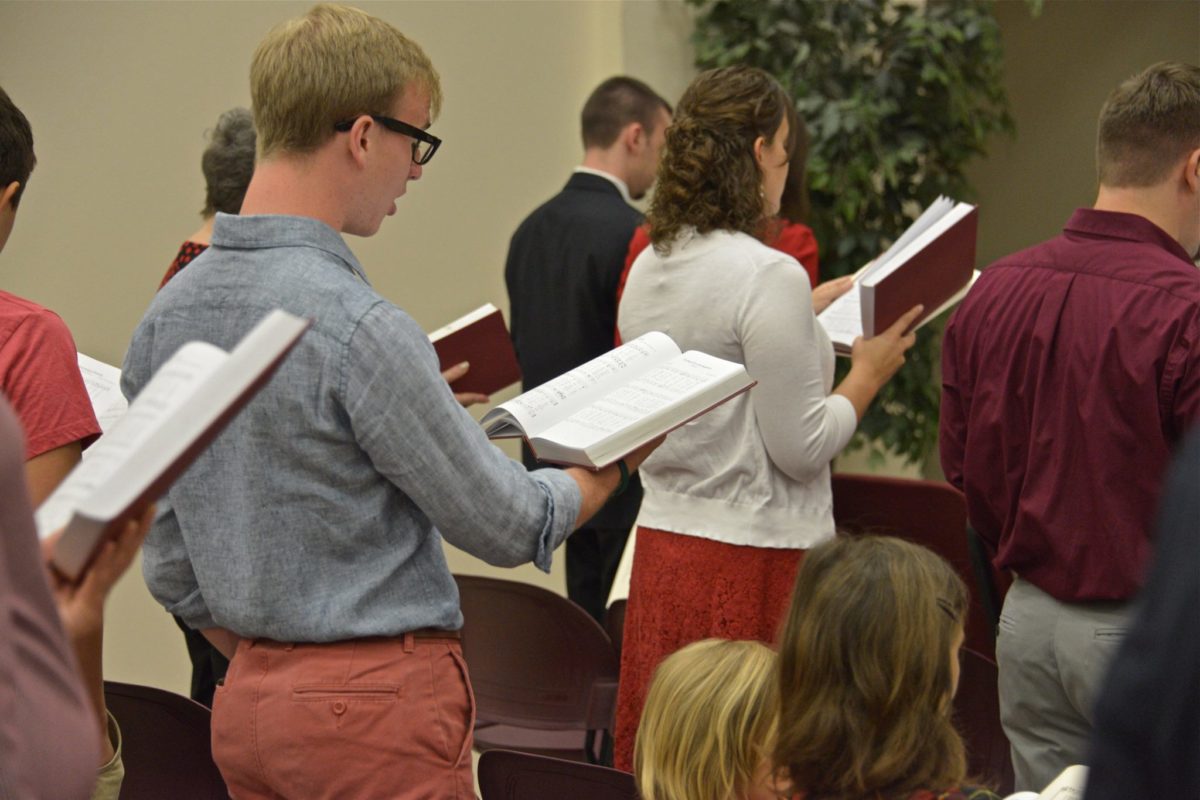I have written before about the hard work of worship. I want to add another angle to this on-going conversation. There is a holy exhaustion that comes after a worship service. I believe this is an actual test of a healthy church experience.
Over the years I have heard people ask me why our church music is so difficult. These same people most often thank me a year later for encouraging them to do the hard work of learning psalms and hymns and songs of the Spirit that are unfamiliar to the general evangelical ethos.
If we think we can enter the presence of God and simply leave all the work to the “professionals” while we sit passively watching the spectacle, we are misunderstanding the relationship between Christ and His Church. Worship is a conversation between Groom and Bride and this conversation is not one-sided. Worship is a recapitulation of marriage. Marriage is hard work. It takes time to learn about and from one another. The analogy is similar in worship. In worship, we are learning about God and from God. Therefore, we need to approach God’s throne as participants rather than mere listeners. We are to come boldly before him, and this boldness calls us to work in our relationship and communion with King Jesus.

















When we first founded our Anglican parish 14 years ago, I recall that our first dozen or so worship services were nearly exhausting affairs! All of us were unused to Prayer Book liturgies, and we dived into the deep end of the pool to learn – each Sunday had the full order of service for Morning Prayer followed by the order of service for Holy Eucharist (beginning at the offertory), including three lessons, a Psalm, two canticles, confession of sin, confession of faith (the Creed), and a homily in there somewhere. The entire enchilada wrapped in processional and recessional hymns. Whew! We cradle broadly-evangelical-American-Protestants were treading water like washing machines.
Many years later, I asked a visitor to our service what stood out to him. I knew he’d never attended a liturgical service in his life, and I wanted to know what shone most brightly on his observer’s radar. I expected him to say something about how “Roman” our service looked – a comment I often hear from those who sometimes catch the Pope’s Midnight Mass on the television.
But, his answer surprised and pleased me: “I was impressed most of all by how EVERYONE [his emphasis!] had parts to play in the service and how they did it so smoothly.”
What he was watching is the ultimate result of a well-practiced liturgy – all the individuals are united by the liturgy into a single worshiping body. It’s why the liturgy becomes memorized by its practitioners. They achieve what C. S. Lewis talked about in his comparison of liturgy with choreography. Paraphrasing Lewis – “If you have to think about where to put your foot next, you’re not yet dancing. But, when you know how to dance, you can focus on your partner and together can dance with ease and beauty.”
At first this is, indeed, challenging. It takes work. But the rewards are immense.
Thank you for sharing this lovely testimony.